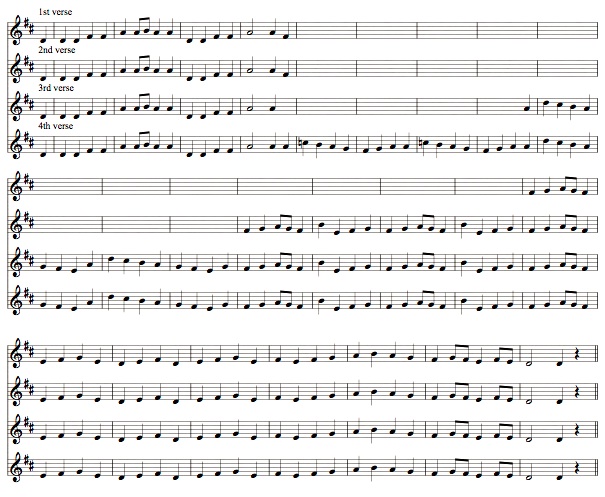A few months ago electronic composer Nic Collins sent out a heartfelt questionnaire to several of his new-music maven friends. (I should say, I don’t know whether “electronic composer” is still a meaningful term, but I’ll qualify it by adding that Collins makes the most touching and humanistic examples of electronically-produced music I’ve ever heard.) Nic was having a kind of intellectual crisis due to his perception that there was no aesthetic revolution going on among his students comparable to the Cage/sound art/minimalism revolution of the 1960s and ’70s – or at least, that there had been no new movement with a series of groundbreaking works that his students could be as energized by as he had been. Since the 1970s, he wrote, “I have continued to hear great new pieces, but I have detected no shift in the fundamental terrain of music that rivals the magnitude of the changes that took place in the 60s and 70s. I find this admission more than a little depressing.” And he was afraid of falling into the pattern described by Douglas Adams (which I’d never read before, but I see has made its way around the internet):
“Anything that is in the world when you’re born is normal and ordinary and is just a natural part of the way the world works. Anything that’s invented between when you’re fifteen and thirty-five is new and exciting and revolutionary and you can probably get a career in it. Anything invented after you’re thirty-five is against the natural order of things.†(The Salmon of Doubt, 2002.)*
(I’ve been sharing this quotation with my students, and it makes them look thoughtful.)
Anyway, many people responded to Nic’s questions, myself included (it was February when I was in Miami with nothing to do for the afternoon, so I quickly wrote him a long screed). He promised to make public his summary of our responses, some consolatory, some casting his original premise into doubt, and has now done so as the article “Quicksand” (PDF) on his web site. It’s worth reading.
*I have always loved a similar saying attributed to George Bernard Shaw: “I never dared be radical when young for fear I would become conservative when old.”



